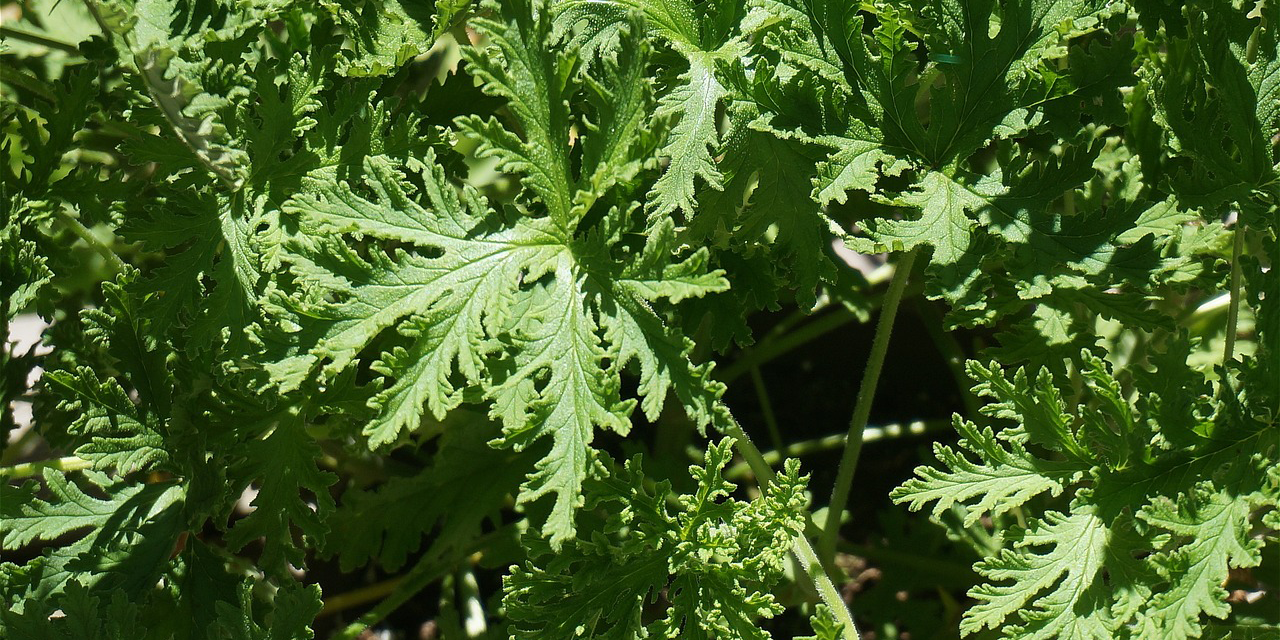Before delving into the specifics of growing and caring for Citronella, let’s journey back in time to trace its roots.
Citronella, officially known as Cymbopogon nardus or C. winterianus, is a perennial grass native to Asia, where it’s been used for centuries in a myriad of applications – from culinary flavorings to medicinal purposes and, of course, for its natural mosquito-repellant properties. Fast forward to the present day, and it’s gained popularity worldwide, especially for those seeking to enjoy our garden spaces without the uninvited, buzzing guests.
In my garden, the Citronella plant plays a unique role, serving as a cherished companion and an effective guard. Every day, as I water my green oasis, a simple misting of my large citronella plant envelops my porch in a captivating fragrance, providing an effective barrier against mosquitoes.
Optimal Placement: Home is Where the Sun Shines
One lesson I’ve learned from my Citronella journey?
These plants adore their sunbaths. A sun-filled placement is essential for their robust growth. While my Citronella enjoys the privilege of a spot on my back porch, you can keep it anywhere it will get at least 6 hours of direct sunlight.
The Sun and Citronella: Dancing in the Light
Don’t be fooled, though.
While Citronella is a sun-worshiper, it appreciates some kindness during the scorching Sacramento summer afternoons. When the temperature starts soaring, my citronella retreats to a partially shaded spot.
Remember, everything in moderation, even the sun.
Soil and Watering Needs: It’s a Balancing Act
Citronella loves a good drink but also appreciates well-draining soil and a slightly acidic pH. I ensure the soil maintains a pH between 6.5 and 7.0. As for watering, remember to keep the soil consistently moist without letting it turn waterlogged.
Daily Rituals: Misting, the Gateway to Fragrance
Each morning, I give my Citronella a gentle misting.
This simple act hydrates the leaves and releases the plant’s signature scent. However, remember that the mosquito-deterring effects seem most potent when the plant’s leaves are agitated. Rubbing a leaf on your skin or giving the plant a rough misting are perfect ways to unlock their full potential.
Pruning: A Path to Vigor and Strength
The Citronella plant, much like a well-groomed poodle, benefits from regular trims.
I often prune the gangly ends of leaves, encouraging my plant to grow thicker and more robust. This not only enhances the aesthetic appeal but also promotes healthier growth.
Propagating Citronella: More Green, Less Mosquitoes
Propagation of the Citronella plant is as straightforward as it gets.
Simply cut a healthy stem, ensuring it has at least two nodes. Pop this cutting in a glass of water until roots form, then plant in well-draining soil. Soon enough, you’ll have another fragrant warrior against mosquitoes.
The Citronella Q&A Corner
Q: My Citronella plant’s leaves are turning yellow. What’s going wrong?
A: Overwatering or poor drainage could be the culprits. Ensure your plant has well-draining soil and adjust watering as necessary.
Q: Does Citronella plant work as a mosquito repellent when just left alone?
A: Possibly, but its efficacy improves significantly when the leaves are agitated. Give it a mist, or rub a leaf on your skin, to release the full power of its scent.
Q: Can Citronella plants survive indoors?
A: Absolutely, but they will need a spot with bright, indirect sunlight. And remember to maintain regular watering!
From Ancient History to Modern Triumph
From its ancient roots in Asia to my back porch in Sacramento, the Citronella plant’s journey is a testament to this aromatic grass’s timeless appeal and versatility. Each day, as it releases its distinctive fragrance, I am reminded of its rich heritage and the global journey it undertook to arrive at my home.
My journey with the Citronella plant gave me a lush and fragrant addition to my porch and a reliable soldier against Sacramento’s notorious mosquito population. With the simple morning misting, my home becomes an aromatic fortress, safeguarding my peaceful garden moments.
So, what’s your plant story? What plant legacy are you growing in your garden? What lessons have you learned from these silent teachers, and how have they enriched your life? Remember, every leaf has a story to tell, every fragrance a tale of its journey.
Let this chronicle of Citronella serve as an inspiration for your gardening adventures. Remember that with sunlight, water, a little pruning, and much love, your porch can also be transformed into a thriving, mosquito-free haven, a personal paradise that speaks of your love for nature.





